
The 1934 British Empire Games were the second edition of what is now known as the Commonwealth Games, held in England, from 4–11 August 1934. The host city was London, with the main venue at Wembley Park, although the track cycling events were in Manchester. Seventeen national teams took part, including the Irish Free State.
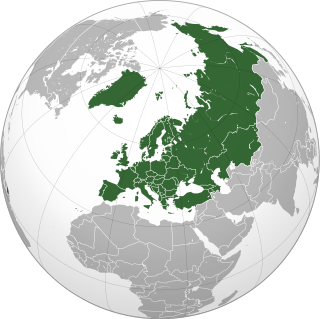
A European Championship is the top level international sports competition between European athletes or sports teams representing their respective countries or professional sports clubs.

The 1954 Asian Games, officially known as the Second Asian Games – Manila 1954 was a multi-sport event held in Manila, Philippines, from May 1 to 9, 1954. A total of 970 athletes from 19 Asian National Olympic Committees (NOCs) competed in 76 events from eight sports. The number of participating NOCs and athletes were larger than the previous Asian Games held in New Delhi in 1951. This edition of the games has a different twist where it did not implement a medal tally system to determine the overall champion but a pointing system. The pointing system is a complex system where each athlete were given points according to their achievement like position in athletics or in swimming. In the end the pointing system showed to be worthless as it simply ranked the nations the same way in the medal tally system. The pointing system was not implemented in future games ever since. Jorge B. Vargas was the head of the Philippine Amateur Athletic Federation and the Manila Asian Games Organizing Committee. With the second-place finish of the Philippines, only around 9,000 spectators attended the closing ceremony at the Rizal Memorial Stadium. The events were broadcast on radio live at DZRH and DZAQ-TV ABS-3 on delayed telecast.

The 1951 Asian Games, officially known as the First Asian Games, was a multi-sport event celebrated in New Delhi, India from 4 to 11 March 1951. The Games received names like First Asiad, 1951 Asiad, and New Dehli 1951. A total of 489 athletes representing 11 Asian National Olympic Committees (NOCs) participated in 57 events from eight sports and discipline. The Games was the successor of the Far Eastern Games and the revival of the Western Asiatic Games. The 1951 Asiad were originally scheduled to be held in 1950, but postponed until 1951 due to delays in preparations. On 13 February 1949, the Asian Games Federation was formally established in Delhi, with Delhi unanimously announced as the first host city of the Asian Games.

The 1966 Asian Games, also known as the V Asiad or Bangkok 1966, were a continental multi-sport event that was held from 9 to 20 December 1966, in Bangkok, Thailand. A total of 142 events in 16 sports were contested by athletes during the games. Taiwan and Israel returned to the Asian Games, reversing the decision taken by Indonesia in the previous Asiad to debar the two countries. A total number of 2,500 athletes and officials from 18 countries, were involved in this Asiad.

The 6th Asian Games, also known as Bangkok 1970 were held from 9 to 20 December 1970 in Bangkok, Thailand. Seoul, South Korea, had been selected to host the 6th Games but it declined due to both financial reasons and security threats from neighboring North Korea. The previous host, Thailand, stepped in to save the Asiad. 2,400 athletes from 18 countries competed in this Asiad, where yachting made its debut.

The 7th Asian Games, also known as Tehran 1974, were held from 1 to 16 September 1974 in Tehran, Iran. The Aryamehr Sports Complex was built for the Games. This marked the first time the Asian Games were hosted in the Middle East. Tehran, the capital of Iran, played host to 3,010 athletes coming from 25 countries/NOCs, the highest number of participants since the inception of the Games.
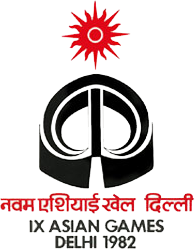
The 9th Asian Games, also known as Delhi 1982, were held from 19 November to 4 December 1982, in Delhi, India. 74 Asian and Asian Games records were broken at the event. This was also the first Asiad to be held under the aegis of the Olympic Council of Asia. Delhi joined Bangkok as the cities to host multiple editions of the Asian Games up to this point. Later, Jakarta and Doha would enter this group.

The 1990 Asian Games also known as the XI Asiad and the 11th Asian Games or simply Beijing 1990, were held from September 22 to October 7, 1990, in Beijing, China. This was the first Asian Games held in China.
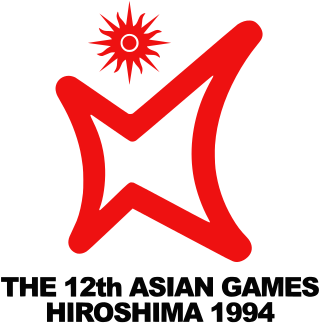
The 1994 Asian Games, also known as the XII Asiad and the 12th Asian Games or simply Hiroshima 1994, were held from October 2 to 16, 1994, in Hiroshima, Japan.This is first on Games'history that a country non-capital city hosted the event.The main theme of this edition was to promote peace and harmony among Asian nations. This concept was used due the historical fact that the city was the site of the first atomic bomb attack 49 years earlier. Due to the 1991 Gulf War, Iraq was suspended from the games. The games debuted the five Asian former republics of the Soviet Union: Kazakhstan, Kyrgyzstan, Tajikistan, Turkmenistan, and Uzbekistan.
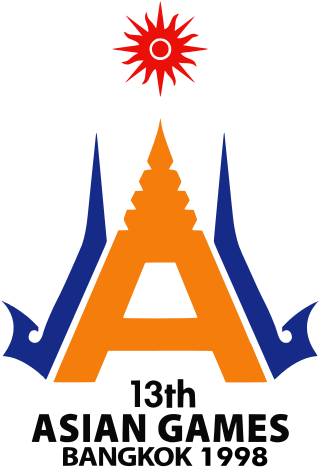
The 1998 Asian Games, officially known as the 13th Asian Games and the XIII Asiad,, or simply Bangkok 1998, was an Asian multi-sport event celebrated in Bangkok, Thailand from December 6 to 20, 1998, with 377 events in 36 sports and disciplines participated by 6,554 athletes across the continent. The sporting events commenced on 30 November 1998, a week earlier than the opening ceremony. It is a last time that the multi-sport event would be held in Bangkok until the 2007 Summer Universiade.
The 1934 Far Eastern Championship Games was the tenth edition of the regional multi-sport event, contested between China, Japan and the Philippines, and was held from 16 to 20 May in Manila, the Philippines. A total of eight sports were contested during the four-day competition. The Dutch East Indies (Indonesia) participated in the games, becoming only the second nation outside of the traditional three to send a delegation to the event. The games were held at the then newly built sports complex, Rizal Memorial Field which was constructed on the former site of the Manila Carnival Grounds.
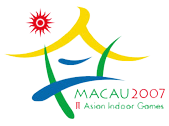
The 2007 Asian Indoor Games, officially known as the 2nd Asian Indoor Games and also known as Macau 2007, were held in Macau, China from 26 October 2007 to 3 November 2007. Most events of the games took place at the Macao East Asian Games Dome.
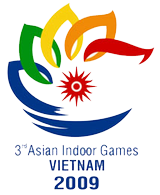
The 2009 Asian Indoor Games, officially the 3rd Asian Indoor Games and also known as Vietnam 2009, were a pancontinential indoor multi-sport event held in Vietnam from 30 October till 8 November 2009. This was the last edition of the event to be held under the "Asian Indoor Games" name before it was merged with another Olympic Council of Asia (OCA) event – Asian Martial Arts Games to form the larger Asian Indoor and Martial Arts Games.
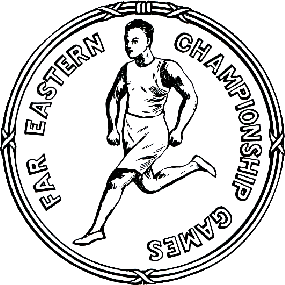
The Far Eastern Championship Games was an Asian multi-sport event considered to be a precursor to the Asian Games.

The West Asian Games is a multi-sport event held among the athletes from West Asia.

The 2004 South Asian Games, officially known as the IX South Asian Federation Games, were held in Islamabad, Pakistan from 29 March to 7 April 2004. Originally scheduled for 2001, the games were postponed in the wake of the 9/11 attacks on the United States in which the US later declared Pakistan a major non-NATO ally. The slogan for the Games was Rising Above. For the first time, Afghanistan participated in the games.
Guru Dutt Sondhi was an Indian sports administrator in India. Sondhi was manager of the British Indian Olympic hockey team at the 1932 Summer Olympics, founder of the Western Asiatic Games and the founder of the Asian Games Federation, which held the first Asiad. At the time of the inaugural Asian Games in New Delhi, he was the Secretary General of the Indian Olympic Association.
The 4th East Asian Games was an international multi-sport event for countries in East Asia which was held in Macau from October 29 to November 6, 2005.
The 3rd West Asian Games were to be held from 7 to 17 April 2003 in Damascus, Syria. However, they were postponed and then cancelled. On 4 April 2002 the West Asian Games Federation decided that the Games would be held every four years, instead of two, namely one year before the Asian Games.















